Dublin’s pub scene runs far deeper than casual pint-pulling and friendly chatter. Behind familiar wooden doors and frosted windows lie centuries of stories that would surprise even lifelong Dubliners. These aren’t just places where people gather for drinks — they’re living museums where rebels plotted, writers penned masterpieces, and ordinary moments transformed into extraordinary history.
The stories tucked away in Dublin’s pubs reveal a side of the city that guidebooks rarely capture. Here is a list of 15 Dublin pubs with unexpected histories that will change how you see these beloved establishments.
The Brazen Head
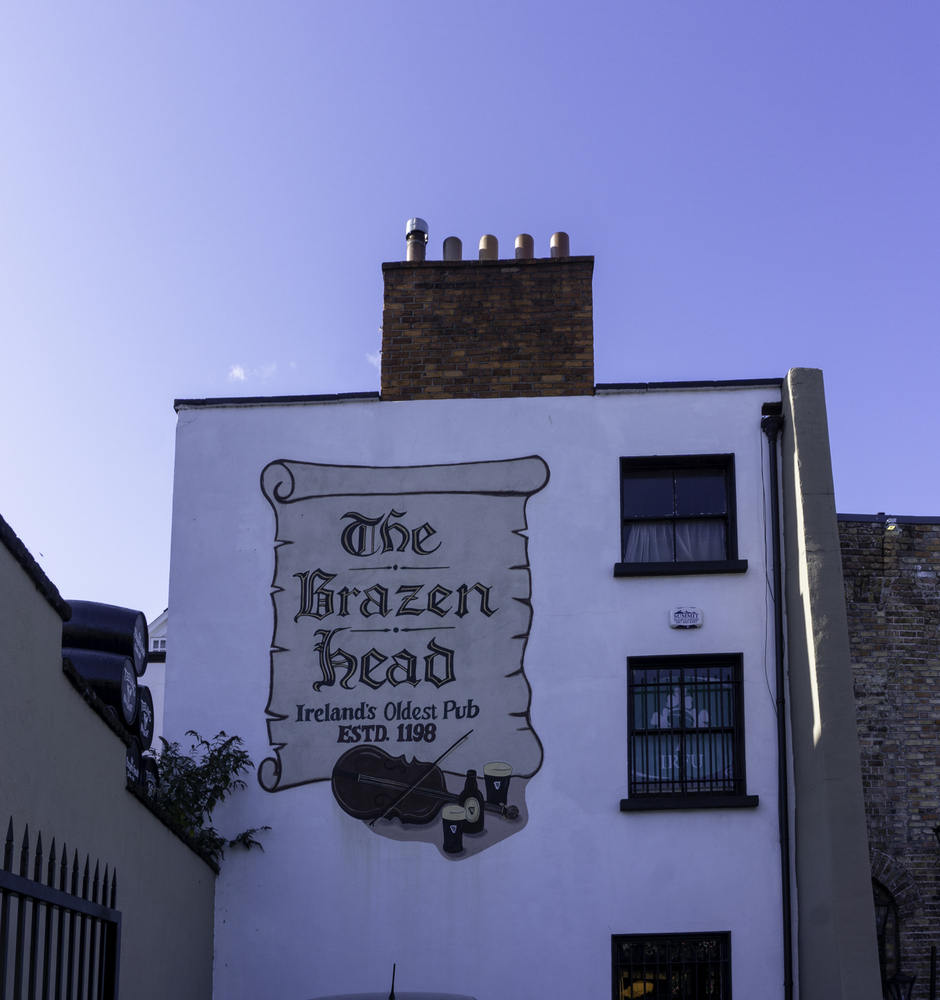
— Photo by noelbennett
The Brazen Head claims the title of Dublin’s oldest pub, though its walls have witnessed more drama than most soap operas. Dating back to 1198, this establishment served as a meeting place for Irish revolutionaries — including Robert Emmet and his fellow United Irishmen who planned their 1803 rebellion within its stone walls. The pub’s name comes from the bronze head that once hung outside. Legend says it could predict the future, yet it apparently failed to warn the revolutionaries about their fate. Today, visitors can still see the original medieval walls and feel the weight of history in every corner.
Kehoe’s
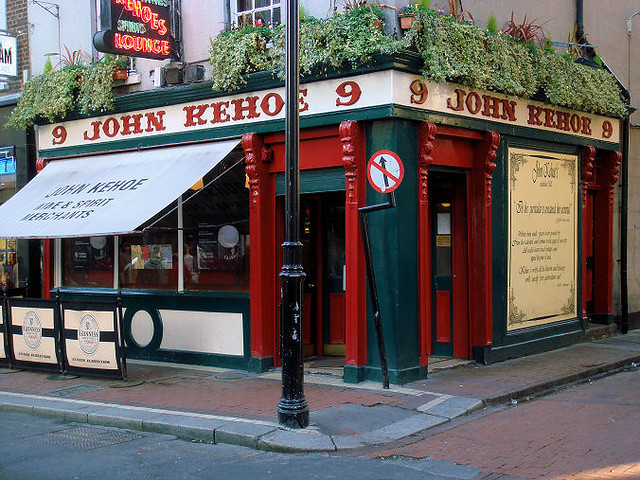
Kehoe’s on South Anne Street looks like any other Victorian pub, but it holds the distinction of being one of the few establishments in Dublin where James Joyce actually enjoyed drinking. The pub maintained its original mahogany fittings and ornate mirrors since the 1890s — creating an atmosphere that feels frozen in time. What makes Kehoe’s truly unique is its upstairs museum, which houses an impressive collection of antique bottles, vintage advertisements, and curiosities that tell the story of Dublin’s drinking culture. The pub’s narrow staircase and cramped rooms create an intimate setting that hasn’t changed much since Joyce’s visits.
The Long Hall
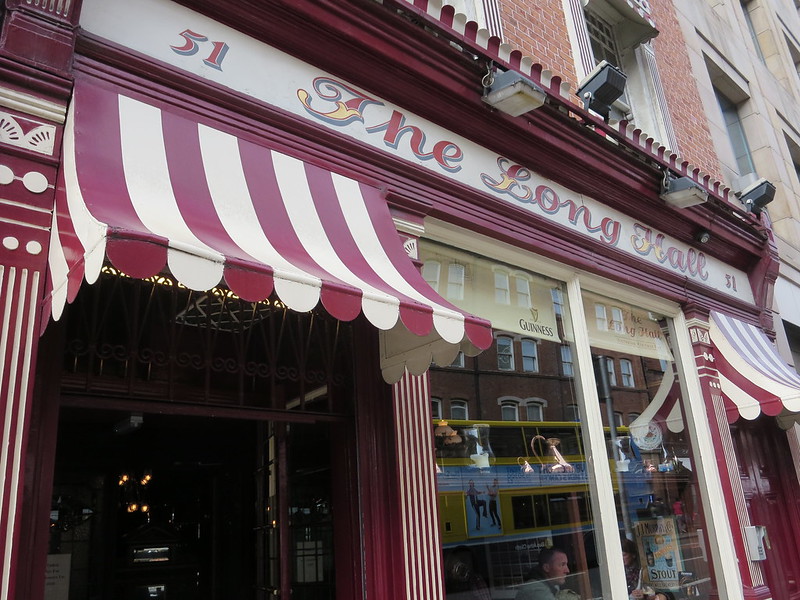
The Long Hall earned its name from its unusual elongated shape, stretching back from George’s Street like a Victorian railway carriage. This pub served as an unofficial headquarters for Dublin’s theatrical community during the early 20th century — with actors from nearby theaters gathering here after performances. The establishment’s most famous feature is its collection of antique clocks, more than 20 timepieces that create a constant symphony of ticking and chiming. During the 1916 Rising, the pub’s strategic location made it a crucial communication point for rebels moving through the city center.
Mulligan’s
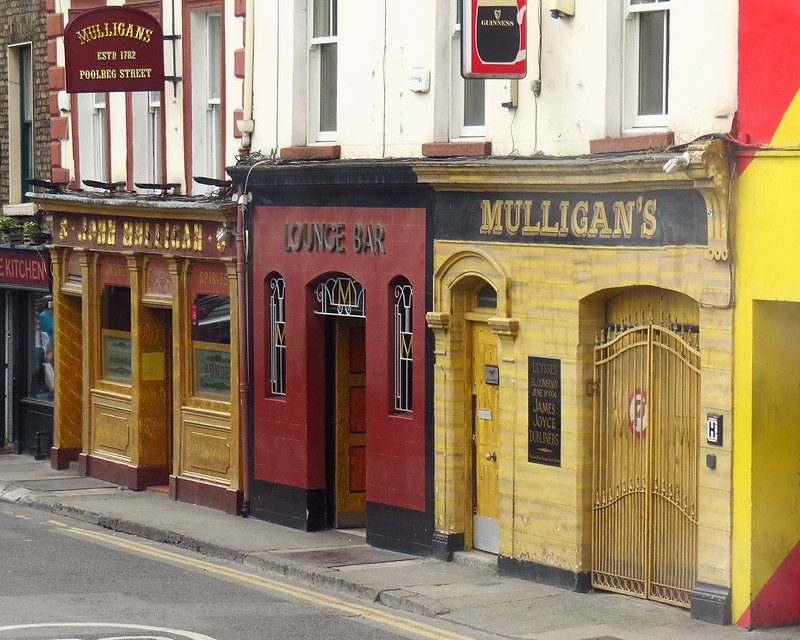
Mulligan’s has been serving pints since 1854, though its claim to fame extends beyond longevity. This Poolbeg Street establishment was a favorite haunt of John F. Kennedy’s great-grandfather, Patrick Kennedy — who worked as a cooper nearby before emigrating to America. The pub’s connection to the Kennedy family remained strong, with JFK himself visiting during his 1963 trip to Ireland. Mulligan’s also holds the distinction of serving what many consider Dublin’s perfect pint of Guinness, thanks to its meticulous cleaning routine and the perfect distance from the brewery.
The Palace Bar
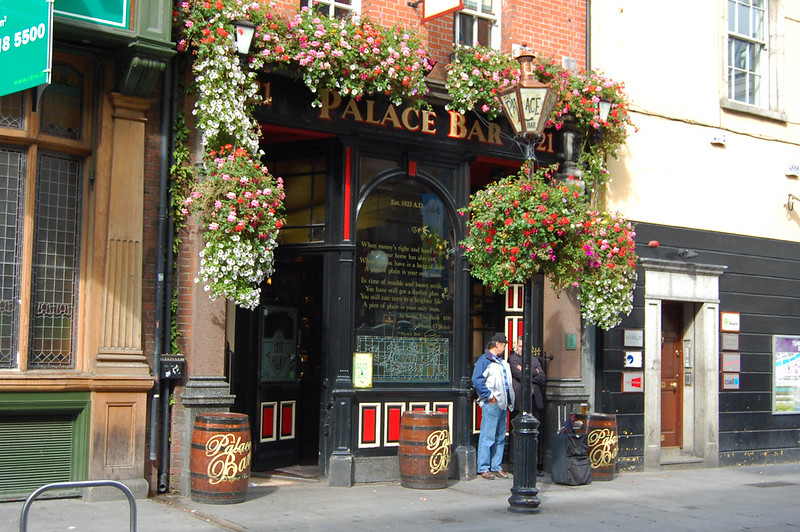
The Palace Bar on Fleet Street became the unofficial headquarters for Dublin’s newspaper industry during the 20th century. Journalists from the nearby Irish Times and other publications would gather here to swap stories, conduct interviews — and occasionally write their articles on the pub’s tables. The establishment’s most famous patron was Flann O’Brien, who used the pub as inspiration for many of his satirical works about Dublin life. The Palace’s original Victorian interior remains largely unchanged, with the same brass fittings and mahogany bar that witnessed countless deadline discussions.
O’Donoghue’s
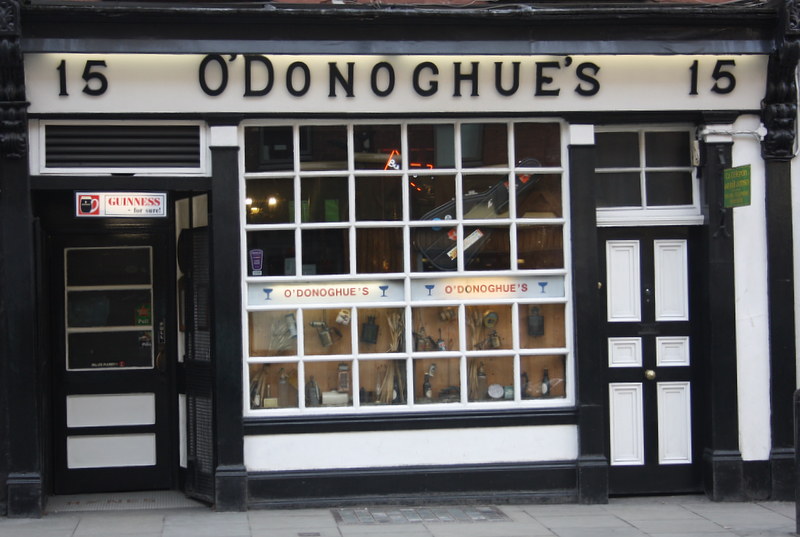
O’Donoghue’s on Merrion Row might look like a typical Dublin pub, yet it launched the careers of some of Ireland’s most famous musicians. The Dubliners performed their first official gig here in 1962 — transforming the back room into an impromptu concert venue. The pub became the epicenter of Dublin’s folk music revival, with traditional sessions that attracted musicians from across the country. Today, O’Donoghue’s maintains its musical legacy with regular sessions, while the walls are covered with photographs and memorabilia from its golden age of folk music.
The Stag’s Head
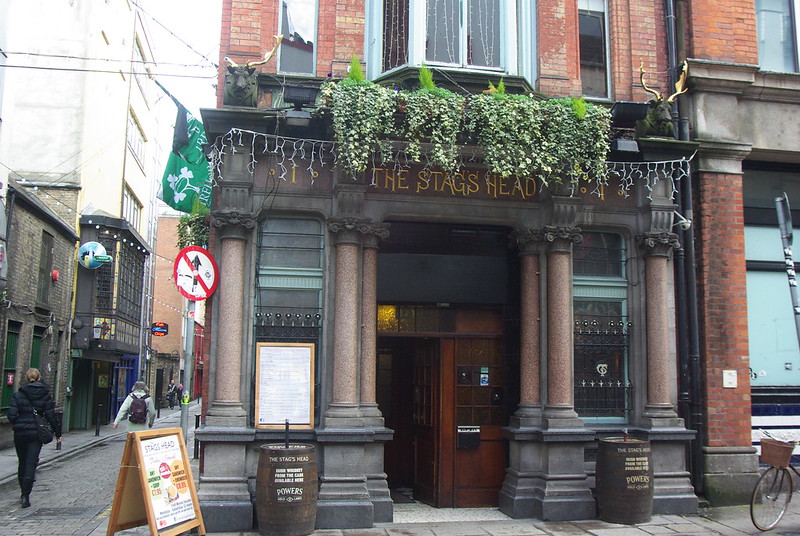
The Stag’s Head hides one of Dublin’s most beautiful Victorian interiors behind its unremarkable Dame Court entrance. Built in 1770, the pub underwent a complete renovation in 1895 that created the stunning stained-glass windows, ornate ceiling, and carved wooden features that visitors see today. The establishment served as a meeting place for members of the Irish Republican Brotherhood during the early 1900s, with its maze-like layout providing perfect cover for clandestine conversations. The pub’s unique feature is its collection of mounted stag heads, which gave the establishment its name and creates an atmosphere that feels more like a gentleman’s club than a typical pub.
Davy Byrnes
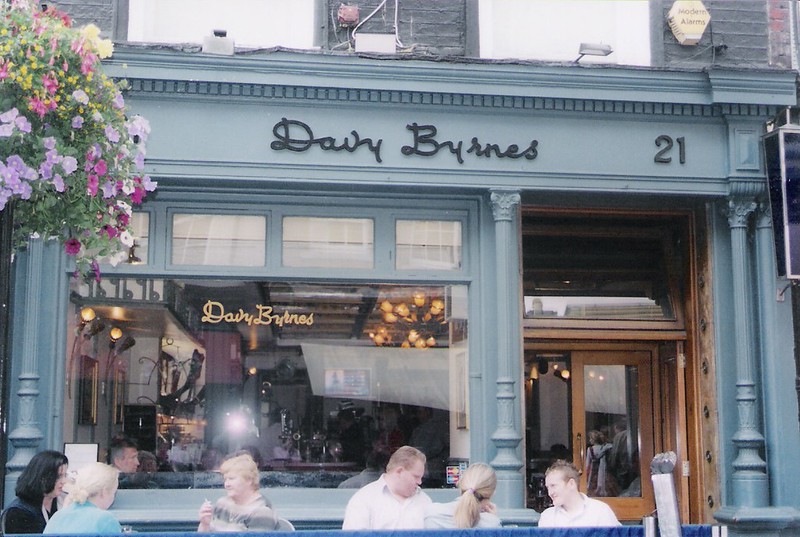
Davy Byrnes achieved literary immortality as the pub where Leopold Bloom stops for a Gorgonzola sandwich and burgundy in James Joyce’s ‘Ulysses.’ The establishment on Duke Street has embraced its literary connection, displaying Joyce memorabilia and serving the famous sandwich that helped make it a pilgrimage site for literature fans. Beyond its Joyce connection, Davy Byrnes served as a gathering place for Dublin’s artistic community throughout the 20th century, with painters, writers, and intellectuals making it their second home. The pub’s upstairs room housed numerous literary discussions and debates that influenced Irish culture.
The Gravediggers
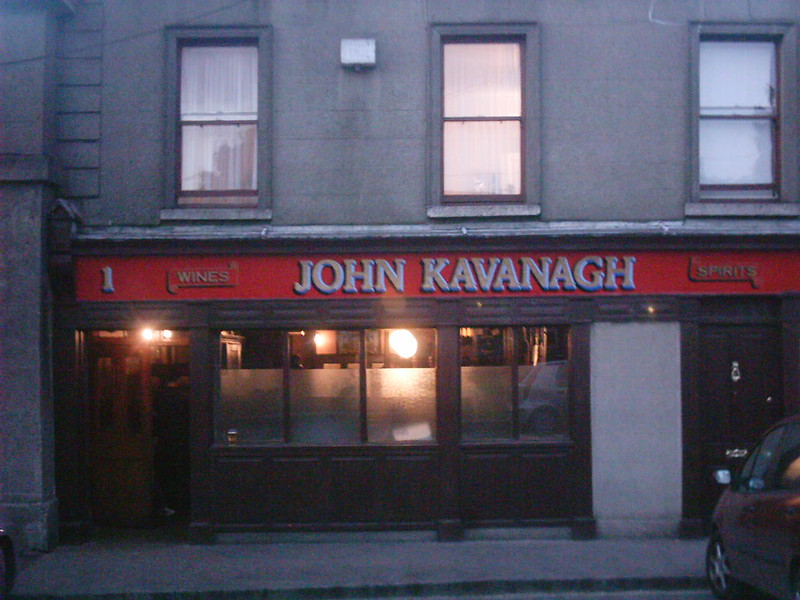
The Gravediggers, officially known as Kavanagh’s, sits directly beside Glasnevin Cemetery and earned its nickname from the cemetery workers who would pop in for quick pints between burials. This pub has no bar counter — instead, drinks are served through a hatch from the grocery shop next door, a system that’s remained unchanged for over 150 years. The establishment’s unique setup allowed it to serve alcohol during hours when other pubs were closed, making it a popular spot for shift workers and early morning drinkers. The pub’s connection to the cemetery created a unique atmosphere where life and death intersected daily.
The Cobblestone
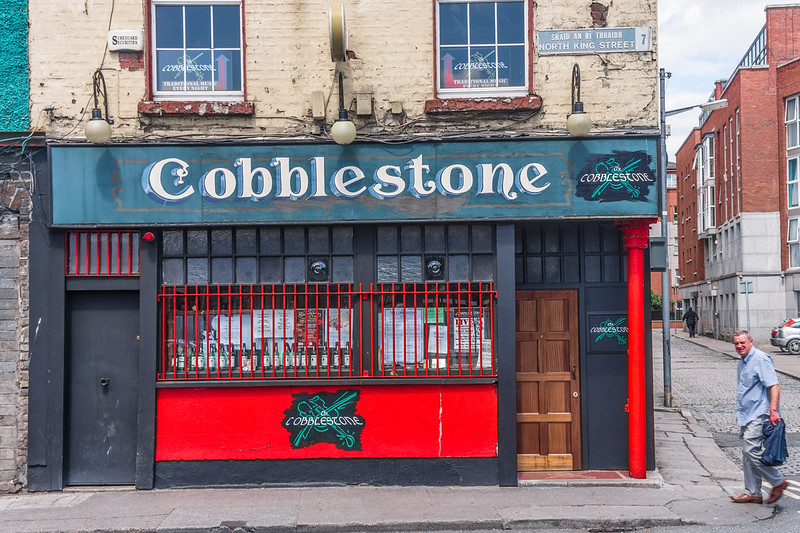
The Cobblestone in Smithfield became the heart of Dublin’s traditional music scene, though its history stretches back to when the area was a major market square. The pub’s location made it a natural gathering place for farmers, traders — and workers who came to sell their goods in Smithfield. During the 1990s, the establishment transformed into a haven for traditional Irish music, with sessions that attracted some of the country’s finest musicians. The Cobblestone’s intimate back room became legendary among music lovers, hosting performances that were often recorded and shared worldwide.
Grogan’s Castle Lounge
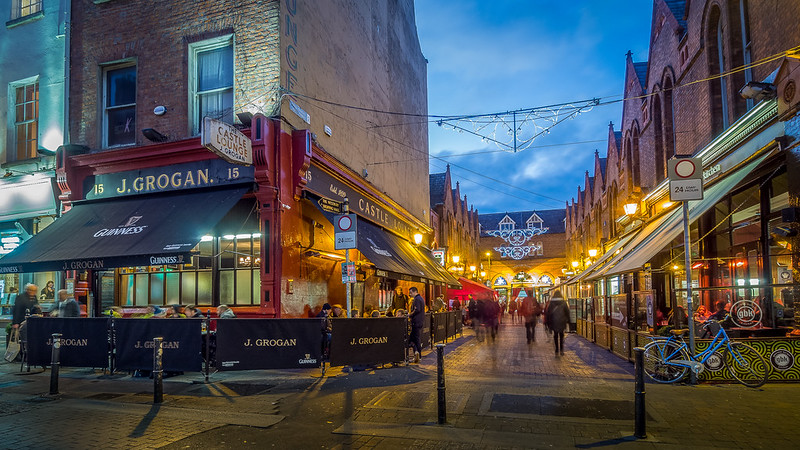
Grogan’s Castle Lounge on South William Street became synonymous with Dublin’s bohemian culture during the latter half of the 20th century. The pub served as an unofficial art gallery, with local artists displaying their work on the walls in exchange for drinks. This arrangement created a unique cultural exchange where patrons could purchase original artwork while enjoying their pints. The establishment’s most famous tradition was its Christmas party, which became a legendary event in Dublin’s cultural calendar, attracting artists, writers, and musicians from across the city.
The Bleeding Horse
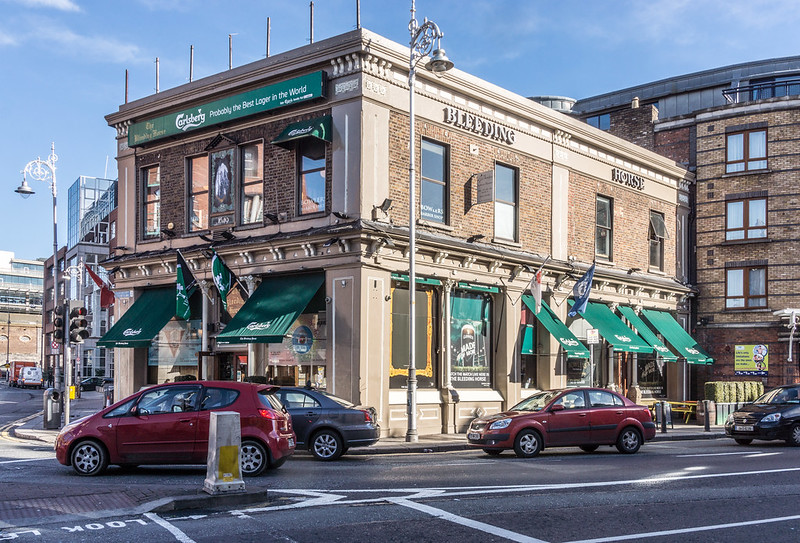
The Bleeding Horse on Camden Street takes its unusual name from an old coaching inn sign that depicted a wounded horse. This pub served as a stopping point for travelers heading south from Dublin, with its location making it perfect for rest and refreshment. During the 18th and 19th centuries, the establishment was known for its cock fighting events, which drew crowds from across Dublin. The pub’s most intriguing feature is its collection of old coaching memorabilia, including harnesses, whips, and route maps that tell the story of Dublin’s transportation history.
Toner’s
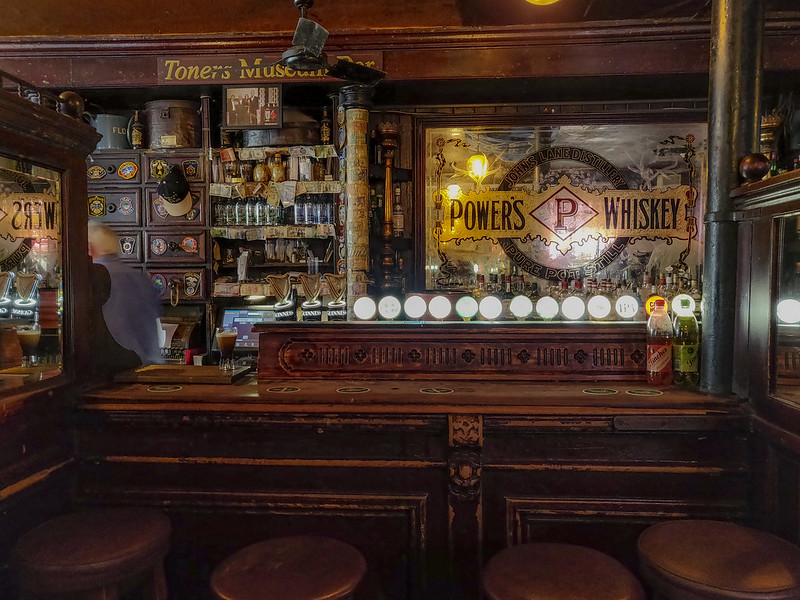
Toner’s on Baggot Street maintained its Victorian grocery shop appearance well into the 20th century, with the original wooden shelves and drawers still visible behind the bar. The pub’s most famous patron was W.B. Yeats, who lived nearby and was known to enjoy a sherry here occasionally. The establishment’s unique feature is its preserved Victorian interior, which includes the original mahogany counter and brass fittings that create an atmosphere of bygone elegance. Toner’s also served as a meeting place for Dublin’s literary set during the Irish Literary Revival.
The Harbour Bar
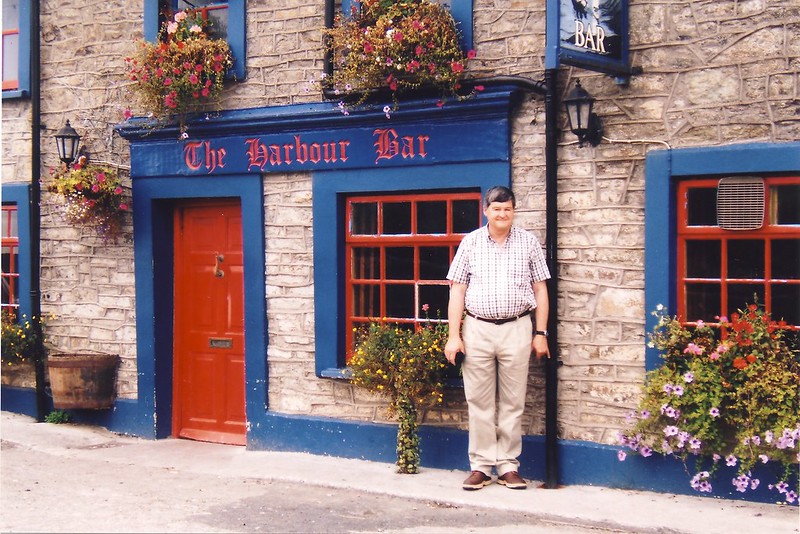
The Harbour Bar in the Dublin Docklands area served the city’s maritime community for over a century, with sailors, dock workers, and ship captains making it their local headquarters. The pub’s location near the Liffey made it a natural gathering place for those connected to Dublin’s shipping industry. During the early 20th century, the establishment became known for its seafaring memorabilia, including ship models, nautical charts, and photographs of Dublin’s maritime history. The pub’s connection to the docks created a unique atmosphere where stories of distant lands mixed with local gossip.
The Bernard Shaw
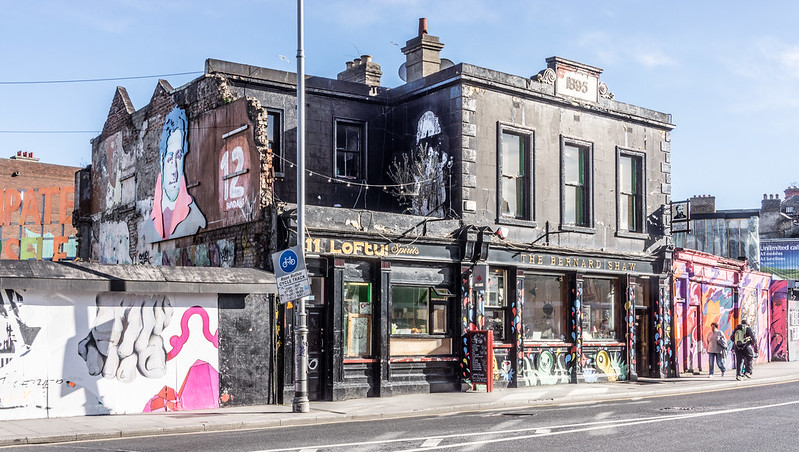
The Bernard Shaw started as a traditional pub but transformed into one of Dublin’s most innovative cultural spaces during the early 2000s. The establishment’s back garden became home to a converted bus that served as a pizza kitchen, creating one of Dublin’s most unusual dining experiences. The pub’s commitment to supporting local artists turned it into a launching pad for emerging talent, with regular exhibitions, performances, and creative events. The Bernard Shaw’s unique approach to combining food, drinks, and culture made it a model for other establishments looking to reinvent the traditional pub experience.
Where Past Meets Present
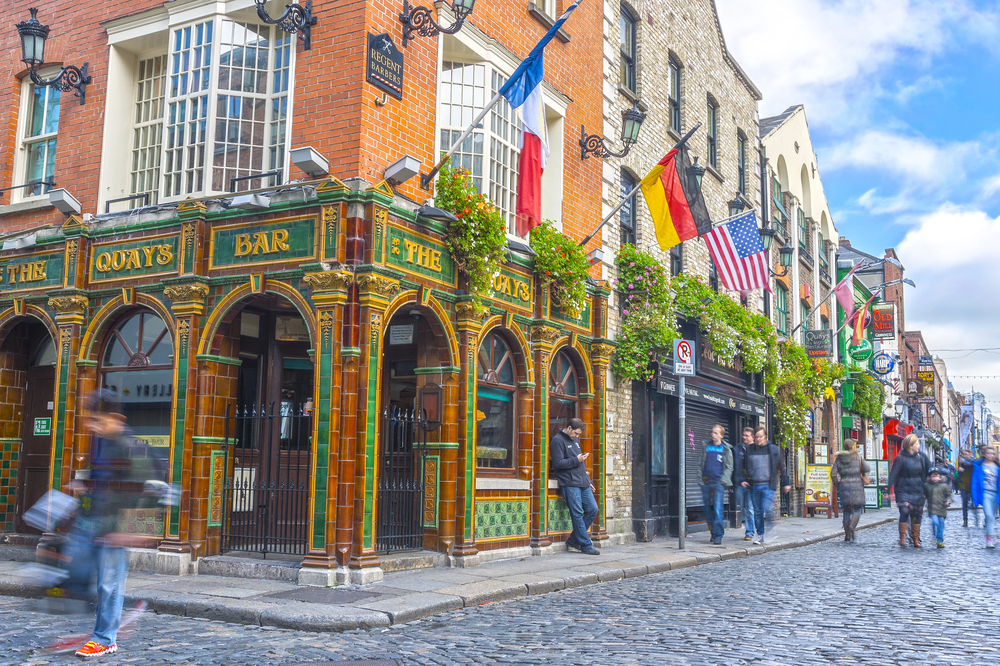
— Photo by Aitormmfoto
These Dublin pubs prove that the city’s best stories aren’t always found in history books — sometimes they’re hiding behind the bar, waiting to be discovered over a pint. Each establishment carries forward traditions that stretch back centuries, while adapting to serve modern Dublin’s needs. The revolutionaries, writers, and characters who once filled these spaces would recognize the warmth and community spirit that still defines Dublin’s pub culture today. Their legacy lives on in every conversation, every raised glass, and every moment when strangers become friends over a shared appreciation for good drink and better stories.
More from Travel Pug

- 20 Best Beach Towns in the Carolinas
- 13 Destinations Where Tourists Regularly Regret Their Trip
- 20 Things You Actually Get in First Class
- 20 Small Airports With Aviation Museums
- 20 Places in the U.S. That Are Perfect for a Reset Trip
Like Travel Pug’s content? Follow us on MSN.
